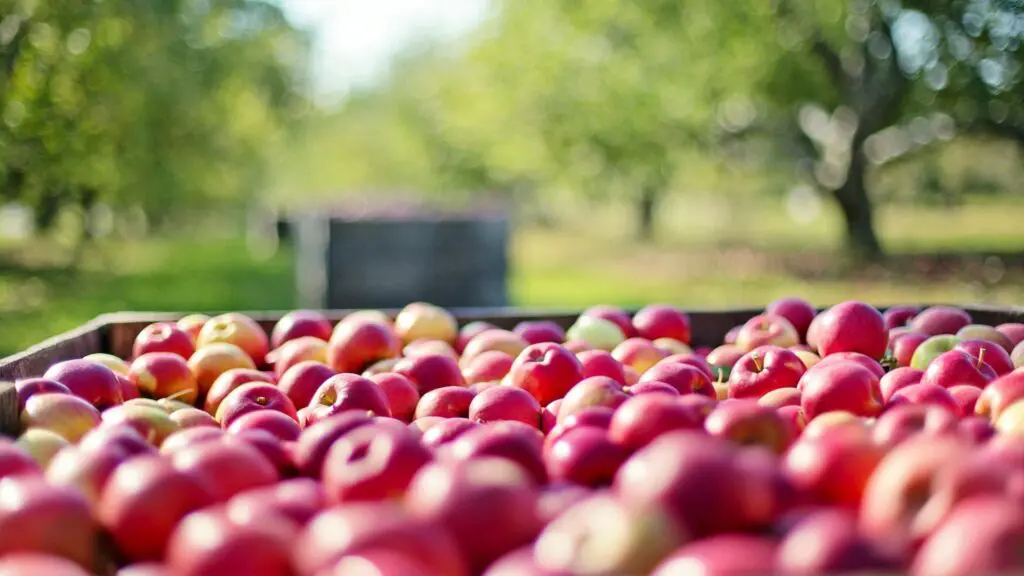We are a people of stories. They are how we come to understand our past and frame a path to our future. Stories are the beating heart of the recently released book Wild, Tamed, Lost, Revived: The Surprising Story of Apples in the South by Diane Flynt. Flynt, founder of Foggy Ridge Cider and two-time James Beard Award nominee for Outstanding Wine, Spirits or Beer Professional, is a natural storyteller. Her voice gently draws the reader into her world; a world of apples and dreams.
In some ways, apples are more closely associated with New England than the American South, but Flynt has set out to remedy that. She divides the book into four discreet but interlocking sections. The first, “Wild,” explores the early history of apples and cider in the southern states. The section doesn’t shy away from the region’s dark past, such as the role enslaved Africans played in establishing a home for European apples and the cider they produced. She also discusses the brutal annexation and occupation of indigenous land by Europeans, lands where indigenous peoples themselves had adopted European apples and planted many acres of orchards. Those orchards became just one of the sources of cultivars unique to the South, a rich diversity explored in the book’s next section, “Tamed.” As apples adapted to and thrived in southern soil, many hundreds were discovered, named and loved. Each had its place, unique character and use whether for eating out of hand, baked in a pie or crushed and fermented into cider. Some were special only to a small community; others became more well-known and spread to whole regions, like the Virginia Beauty, Nickajack and Grimes Golden apples. Apples were everywhere – until they weren’t.
In “Lost” Flynt outlines the changes, technological and otherwise, that came with the agricultural modernity of the 20th century. Farming communities became depopulated as large-scale apple growing moved to the West and people looked to the cities for work. The commercial fruit industry increasingly focused on a narrow number of cultivars and precipitated “an astonishing forfeiture of diversity and a palpable loss of some southern culture” as Flynt so elegantly puts it. As dire as this sounds, Flynt finds much room for cautious optimism in the final section, “Revived.” Here, she explores how a number of multigenerational orchards have found creative ways to survive and prosper. She also discusses the preservation orchards where many beloved apples of earlier generations found a home and have become available to new enthusiasts.
Woven into the history of southern apples is Flynt’s own story. She was compelled by something deep within to find land in the Appalachian Mountains of southern Virginia and plant acre upon acre of apple trees in the sometimes challenging ground. We are witness to the beauty of the orchard and the land around it, to the struggles involved with starting a business that treated cider like wine well before such a notion had occurred to almost anyone else, and to the eventual success of Foggy Ridge Cider. This is a book of stories; stories that educate and enrich us, stories that give us hope for a more bounteous future.









